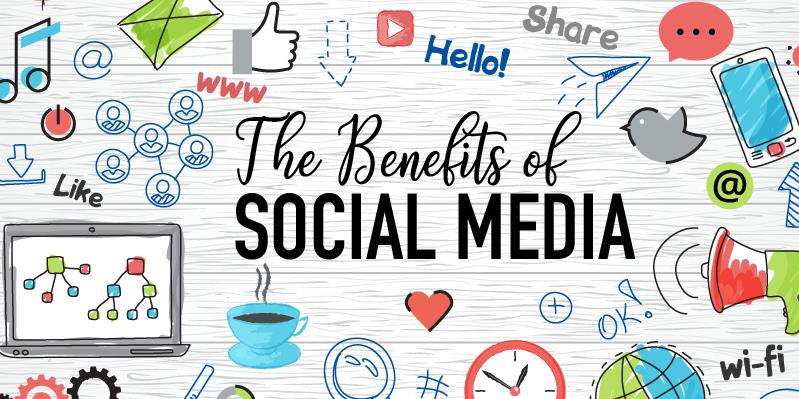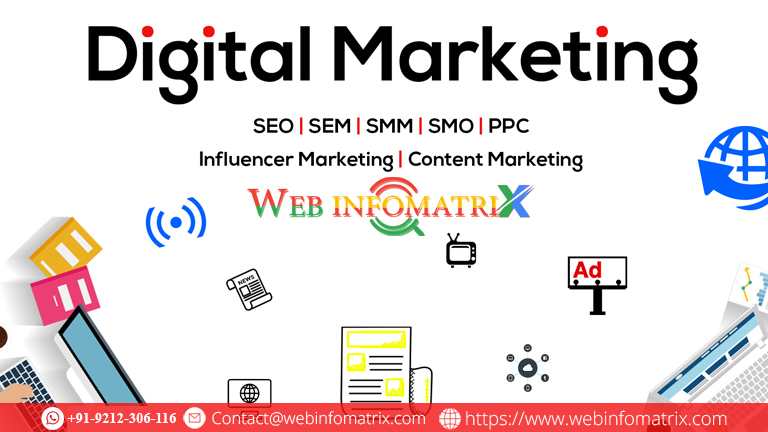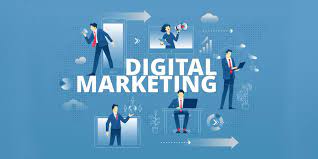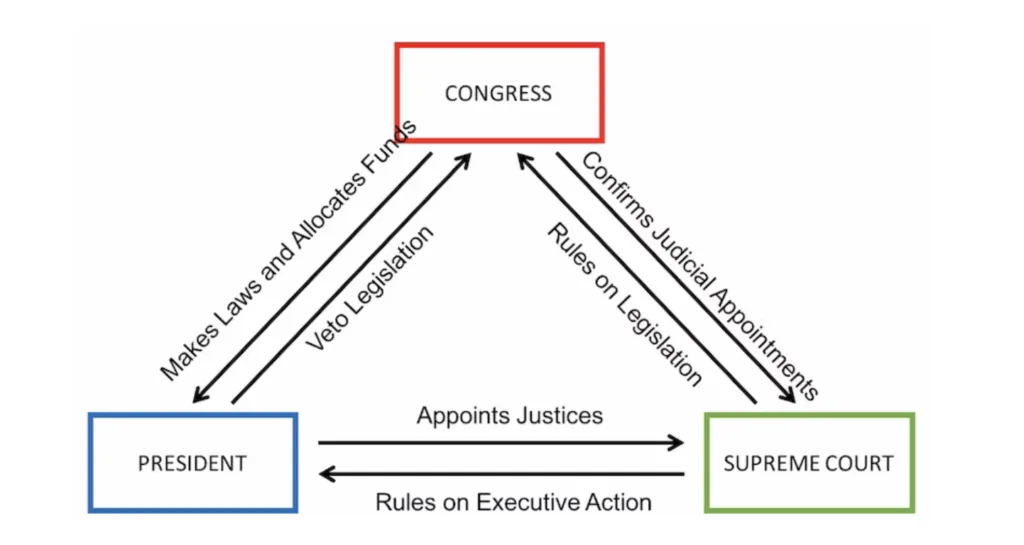Describing the Internet of Things (IoT) in Modern life
The Internet of Things (IoT) has emerged as a transformative force that has permeated almost every aspect of our modern lives.
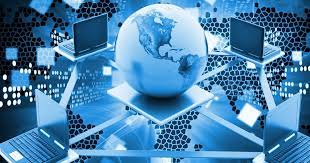
In the rapidly evolving landscape of technology, the Internet of Things (IoT) has emerged as a transformative force that has permeated almost every aspect of our modern lives.
From smart homes to healthcare, transportation to agriculture, IoT has revolutionized the way we interact with the world around us. This blog post explores the multifaceted role of IoT in modern life, delving into its applications, benefits, challenges, and the potential it holds for the future.
Connecting Our Homes: Smart Homes and Internet of things
One of the most noticeable and widespread impacts of IoT in modern life can be witnessed in our homes. Smart home devices have become increasingly prevalent, offering convenience, energy efficiency, and enhanced security. These devices are interconnected and can be controlled remotely via smartphones or voice commands.
a. Home Automation: IoT enables the automation of various household tasks. Smart thermostats adjust temperature settings based on your preferences and occupancy patterns. Smart lighting systems can create the perfect ambiance for any occasion, and smart locks provide convenient and secure access control.
b. Voice Assistants: Devices like Amazon Echo and Google Home have brought voice-activated IoT into our homes. These virtual assistants can answer questions, play music, control other smart devices, and even order groceries.
c. Security and Surveillance: IoT-powered security cameras and sensors help homeowners monitor their property from anywhere in the world. These devices send alerts and video feeds to your smartphone, enhancing home security.
d. Energy Efficiency: Smart meters and appliances can optimize energy consumption, reducing utility bills and environmental impact. For example, smart thermostats learn your heating and cooling preferences and adjust accordingly to save energy.
Improving Healthcare: Internet of things in the Medical Field
IoT has made significant inroads into the healthcare industry, enhancing patient care, streamlining processes, and facilitating remote monitoring.
a. Wearable Health Devices: Devices like smartwatches and fitness trackers continuously monitor vital signs and activity levels. They can detect irregularities and send alerts to healthcare providers or family members.
b. Telemedicine: IoT has enabled the growth of telemedicine, allowing patients to consult with doctors remotely. This is particularly crucial in emergencies and for patients with limited mobility.
c. Medication Management: IoT-enabled pill dispensers and medication adherence apps help patients stick to their treatment regimens by sending reminders and tracking doses.
d. Hospital Efficiency: Hospitals use IoT to track the location of medical equipment, optimize room occupancy, and monitor patients' vital signs in real-time, improving the overall efficiency of healthcare facilities.
Smarter Transportation: IoT and the Automotive Industry
The automotive industry has undergone a profound transformation due to IoT innovations, paving the way for safer, more efficient, and autonomous vehicles.
a. Connected Cars: IoT connectivity in vehicles enables real-time data transmission for navigation, traffic updates, and diagnostics. This connectivity also plays a crucial role in vehicle-to-vehicle (V2V) and vehicle-to-infrastructure (V2I) communication for improved safety.
b. Autonomous Vehicles: Self-driving cars heavily rely on IoT sensors and data analysis to navigate and make decisions on the road. These vehicles have the potential to revolutionize transportation by reducing accidents and congestion.
c. Fleet Management: IoT solutions are used in commercial fleets to monitor vehicle performance, track routes, and optimize fuel efficiency, ultimately reducing operational costs.
Transforming Agriculture: IoT and Precision Farming
In agriculture, IoT technologies are driving a revolution known as precision farming, optimizing resource utilization, and improving crop yields.
a. Soil and Crop Monitoring: IoT sensors collect data on soil moisture, nutrient levels, and weather conditions. This information helps farmers make data-driven decisions about planting, irrigation, and fertilization.
b. Livestock Management: IoT tags and sensors can monitor the health and location of livestock, enhancing animal welfare and reducing losses.
c. Automated Farm Equipment: Autonomous tractors and drones equipped with IoT technology can perform various farming tasks more efficiently, reducing labor costs and increasing productivity.
Enhancing Industrial Operations: IoT in Manufacturing
IoT has had a profound impact on industrial processes and manufacturing, enabling greater efficiency, automation, and predictive maintenance.
a. Predictive Maintenance: IoT sensors on machinery collect data on performance and wear-and-tear. This data is analyzed to predict when maintenance is needed, reducing downtime and maintenance costs.
b. Supply Chain Optimization: IoT technologies provide real-time tracking and monitoring of goods throughout the supply chain, improving transparency and reducing inefficiencies.
c. Quality Control: IoT sensors can detect defects and variations in real-time, ensuring the production of high-quality goods.
Advancing Environmental Conservation: IoT and Sustainability
The IoT also plays a significant role in addressing environmental challenges, contributing to sustainability efforts.
a. Smart Grids: IoT enables the creation of smart grids that optimize energy distribution, reduce wastage, and incorporate renewable energy sources more efficiently.
b. Environmental Monitoring: Sensors deployed in the environment collect data on air and water quality, weather conditions, and wildlife movements. This information aids in conservation efforts and disaster preparedness.
Challenges and Concerns
While IoT has brought about numerous benefits, it also raises important challenges and concerns:
a. Security: The interconnected nature of IoT devices makes them vulnerable to cyberattacks. Ensuring robust security measures is crucial to protect personal data and critical infrastructure.
b. Privacy: IoT devices collect vast amounts of data about users. Striking a balance between convenience and privacy is a pressing concern.
c. Interoperability: Many IoT devices come from different manufacturers and may not be compatible with each other. Standardization and interoperability are ongoing challenges.
d. Data Overload: The sheer volume of data generated by IoT devices can be overwhelming. Effective data management and analysis are essential.
The Future of Internet of things
The Internet of Things is a rapidly evolving field with a promising future. As technology continues to advance, we can expect the following developments:
a. 5G Integration: The rollout of 5G networks will significantly enhance the speed and reliability of IoT devices, opening up new possibilities for real-time applications.
b. Edge Computing: Edge computing will become more prevalent, allowing data processing to occur closer to the source, reducing latency and enabling faster response times.
c. AI and Machine Learning: IoT will increasingly incorporate artificial intelligence and machine learning to make sense of the vast amounts of data generated and enable smarter decision-making.
d. Blockchain Integration: Blockchain technology may be used to enhance security and trust in IoT transactions and data sharing.
The Internet of Things has seamlessly integrated into modern life, transforming the way we interact with our homes, healthcare, transportation, agriculture, industry, and the environment. With its vast potential for innovation and improvement, IoT is poised to continue shaping the future.
However, it is essential to address security, privacy, and interoperability challenges to ensure a safe and seamless IoT experience. As technology continues to evolve, the Internet of Things will undoubtedly remain at the forefront of our increasingly interconnected world.
What's Your Reaction?









